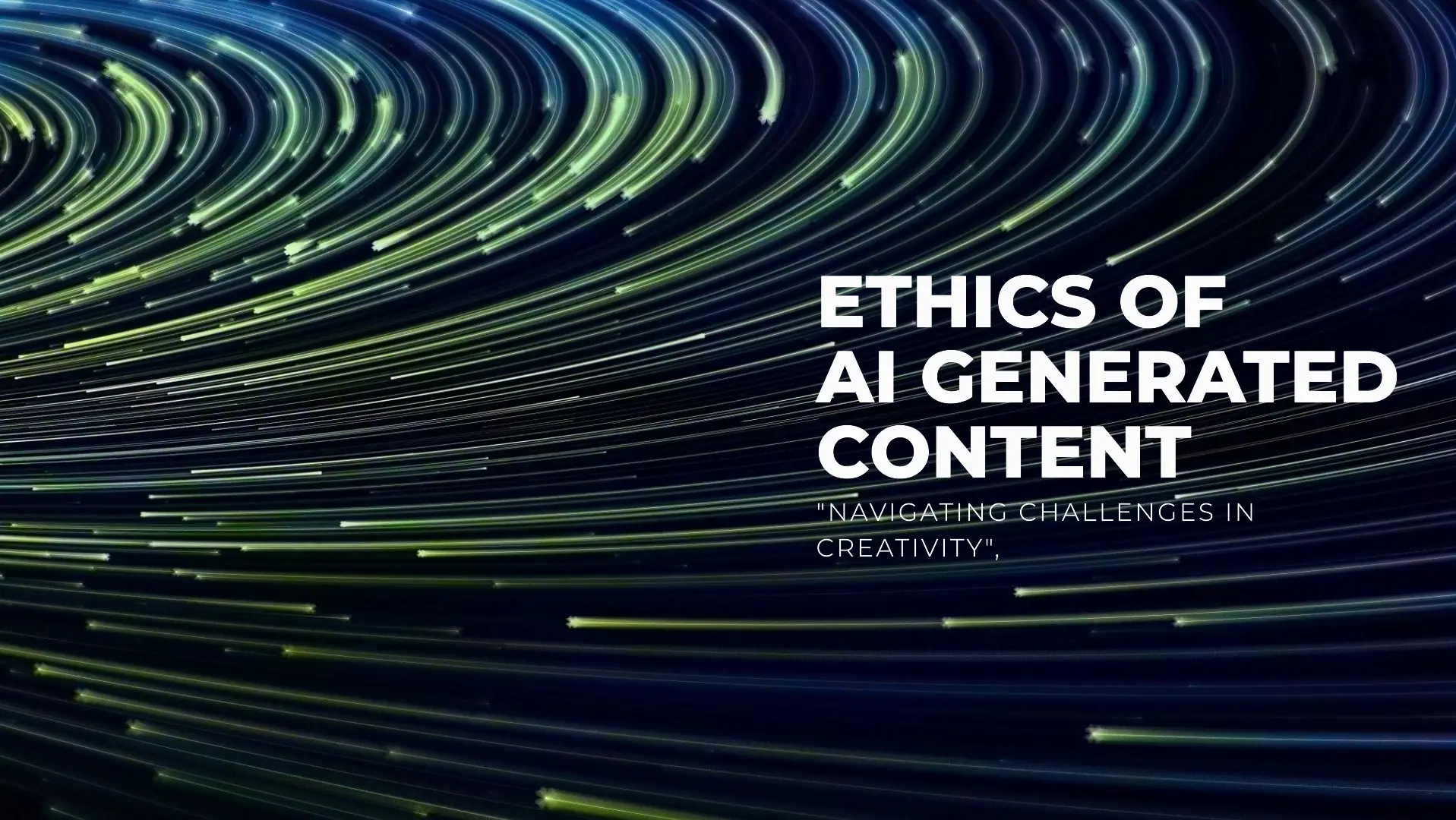As artificial intelligence (AI) continues to evolve, its applications in art, literature, and media have transformed creative industries. From generating realistic portraits to composing symphonies and even writing novels, AI tools like DALL-E and ChatGPT have redefined the boundaries of creativity. These advancements present exciting opportunities but also bring significant ethical challenges. At Asteriqx Consulting, we aim to shed light on these issues, exploring their complexity and proposing actionable solutions for navigating this intricate landscape.
1. Introduction
Generative AI (GenAI) models like DALL·E, GPT, and MidJourney have enabled machines to produce high-quality artistic and textual content, blurring the lines between human creativity and machine-generated outputs. While these tools democratize content creation, they raise ethical concerns that demand attention to ensure responsible use.
Key Questions
- Who owns AI-generated content?
- How do we ensure ethical use of AI in creative industries?
- What impact does AI have on traditional creative professions?
2. Authorship and Ownership
2.1 Authorship: A Question of Creative Intent
AI lacks intent and consciousness, raising fundamental questions about whether it can truly “author” a work. When multiple contributors—from developers to users—play a role in creating AI-generated content, assigning authorship becomes even more complicated. Moreover, existing copyright laws are ill-equipped to handle the nuances of AI-generated works, further muddying the waters.
AI-generated content sparks debate about creativity and originality. Does an AI-generated painting reflect innovation, or is it merely a reassembly of pre-existing patterns? This ambiguity impacts how society values artistic expression and complicates the acknowledgment of true authorship.
| Recommendations |
|---|
| 🔹 Develop shared credit systems to recognize the contributions of both human users and AI tools. |
| 🔹 Update copyright laws to introduce categories such as “machine-generated works” that address this emerging landscape. |
| 🔹 Educate stakeholders about the collaborative nature of AI-driven creativity and encourage the acknowledgment of various roles in the process. |
| Actionable Steps: |
|---|
| 1. Establish standards for labeling AI-generated content with clear credits to promote transparency. |
| 2. Collaborate with legal experts to draft policies for categorizing and protecting machine-generated works. |
| 3. Implement blockchain or metadata technologies to track content origins and ensure proper attribution. |
2.2 Ownership: Who Owns AI-Created Works?
The use of copyrighted material in AI training datasets and the potential for AI to generate content similar to existing works complicate ownership rights. The ambiguity about whether the developer, user, or company holds ownership further deepens this challenge, particularly when profits or liabilities are involved.
Ownership disputes can create barriers to the adoption of AI-generated content. Without clear guidelines, creative professionals and companies may hesitate to fully leverage AI, fearing legal repercussions or reputational risks.
| Recommendations |
|---|
| 🔹 Promote transparency in dataset usage and obtain permissions for copyrighted materials to uphold ethical standards. |
| 🔹 Introduce licensing agreements for AI training data to provide clarity on permissible use. |
| 🔹 Create clear guidelines for ownership based on user input, AI model design, and the intent behind content generation. |
| Actionable Steps: |
|---|
| 1. Create public registries for datasets used in AI training to enhance visibility and trust. |
| 2. Reward creators who allow ethical use of their work for AI training, encouraging cooperation. |
| 3. Penalize unauthorized usage of copyrighted material in AI systems to deter unethical practices. |
3. Human Creativity and Deepfakes: How Do We Ensure Ethical Use of AI in Creative Industries?
3.1 Loss of the Human Touch
AI-generated content is faster and cheaper but often lacks the depth, emotion, and originality of human-made art. Without proper labeling, AI works may deceive audiences, undermining the value of genuine human creativity and eroding trust in the creative process. Furthermore, the proliferation of AI-generated works may discourage aspiring artists, diminishing the incentive to pursue traditional creative professions.
| Recommendations |
|---|
| 🔹 Mandate clear labeling for AI-generated works to ensure transparency and respect for human creativity. |
| 🔹 Encourage collaboration between human artists and AI tools to highlight the complementary nature of technology and human ingenuity. |
| 🔹 Highlight the emotional and intentional aspects unique to human creativity to preserve its value. |
| Actionable Steps: |
|---|
| 1. Enforce labeling rules for platforms and marketplaces to distinguish AI-generated works from human creations. |
| 2. Organize events showcasing human-AI collaborations to celebrate their potential synergy. |
| 3. Establish awards for exceptional human artistry to continue valuing traditional skills. |
3.2 Deepfakes and Misinformation
Deepfake technology, while fascinating, poses serious risks to trust in media. Its misuse in spreading false information, harming reputations, and committing fraud demands robust mitigation strategies. Additionally, the rapid proliferation of deepfakes challenges the public’s ability to discern authentic content from fabricated ones, leading to widespread skepticism.
| Solutions |
|---|
| 🔹 Integrate ethical safeguards into AI design to prevent harmful outputs and misuse. |
| 🔹 Develop detection tools like watermarks and algorithms to identify deepfakes effectively. |
| 🔹 Educate the public on recognizing and understanding deepfakes to build resilience against misinformation. |
| Actionable Steps: |
|---|
| 1. Partner with tech firms to advance detection technology and standardize tools. |
| 2. Enact regulations requiring platforms to label or remove malicious deepfakes promptly. |
| 3. Work with schools and media organizations to raise awareness and educate communities about deepfakes. |
4. Cultural and Professional Impacts
4.1 Impact on Creative Professions: What Impact Does AI Have on Traditional Creative Professions?
AI threatens to automate creative roles, widening the gap between large corporations with advanced resources and small creators who may lack access to such technologies. Many professionals lack the skills to harness AI effectively, further disadvantaging them and creating an uneven playing field.
Traditional artists, writers, and musicians may feel overshadowed by AI’s efficiency, which can mimic their work at scale. This shift may lead to job displacement and a devaluation of human creativity in favor of faster, cheaper alternatives.
| Recommendations |
|---|
| 🔹 Provide training programs for professionals to learn AI integration and stay competitive in a tech-driven market. |
| 🔹 Offer financial support for small creators to access AI tools and level the playing field. |
| 🔹 Build collaboration platforms to facilitate human-AI partnerships and foster mutual growth. |
| Actionable Steps: |
|---|
| 1. Partner with educational institutions to teach AI-focused skills tailored to creative fields. |
| 2. Establish grants to help small creators adopt AI technologies and remain relevant. |
| 3. Develop platforms showcasing collaborative projects to inspire innovation and inclusivity. |
4.2 Cultural Homogenization
AI models often prioritize mainstream cultures, neglecting minority perspectives. This can lead to a loss of diversity in creative outputs and weaken local identities, as the richness of global art and storytelling becomes diluted.
Cultural homogenization not only impacts artistic diversity but also risks alienating communities whose voices are marginalized. Ensuring inclusivity in AI-generated content is essential to preserve cultural richness.
| Solutions: |
|---|
| 🔹 Use diverse training datasets to include underrepresented voices and perspectives. |
| 🔹 Design algorithms that actively promote inclusivity and challenge cultural biases. |
| 🔹 Collaborate with cultural institutions to enrich AI training with authentic and diverse inputs. |
| Actionable Steps: |
|---|
| 1. Certify AI models that meet diversity standards to promote accountability. |
| 2. Partner with museums and local artists to enhance training data and expand cultural representation. |
| 3. Regularly audit AI outputs for cultural biases and correct them to maintain inclusivity. |
Asteriqx Consulting Services
At Asteriqx Consulting, we are committed to helping organizations implement responsible AI practices, ensuring that ethical considerations remain central to AI adoption. Our Responsible AI & GEN AI Ethics service focuses on equipping banks and financial institutions (FIs) with the tools, frameworks, and strategies needed to embrace AI while upholding ethical integrity.
- Ethics Framework Development
- Policy Formulation and Compliance
- Training and Awareness Programs
- AI-Driven Innovation Strategy

